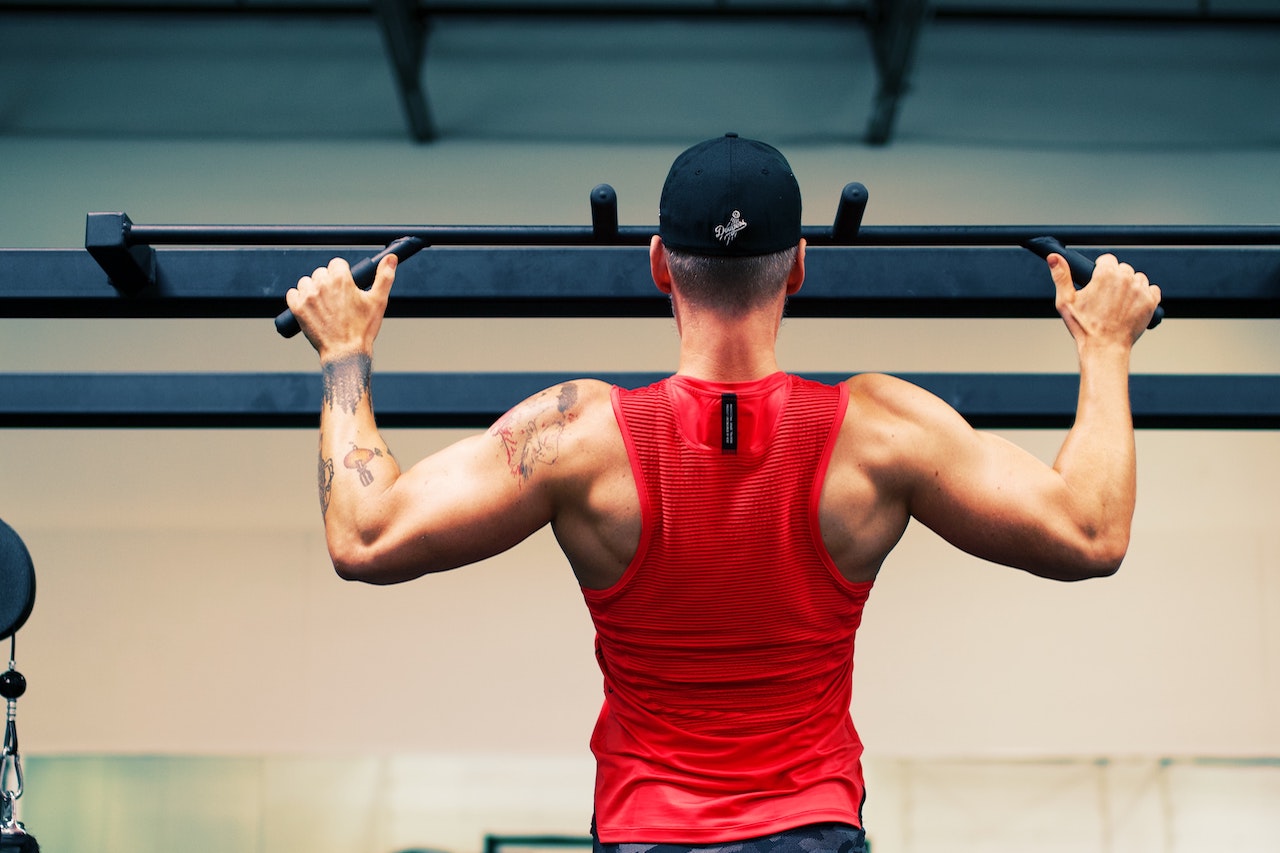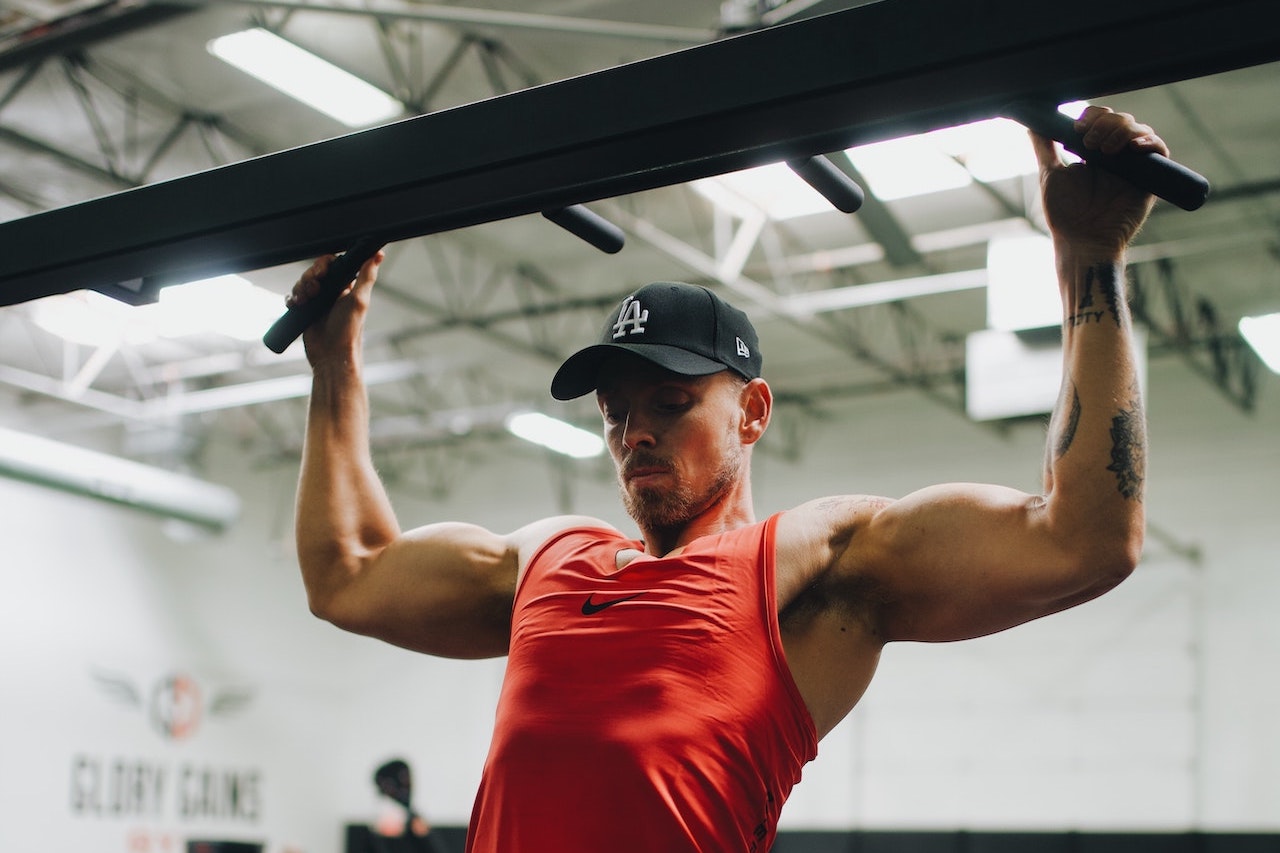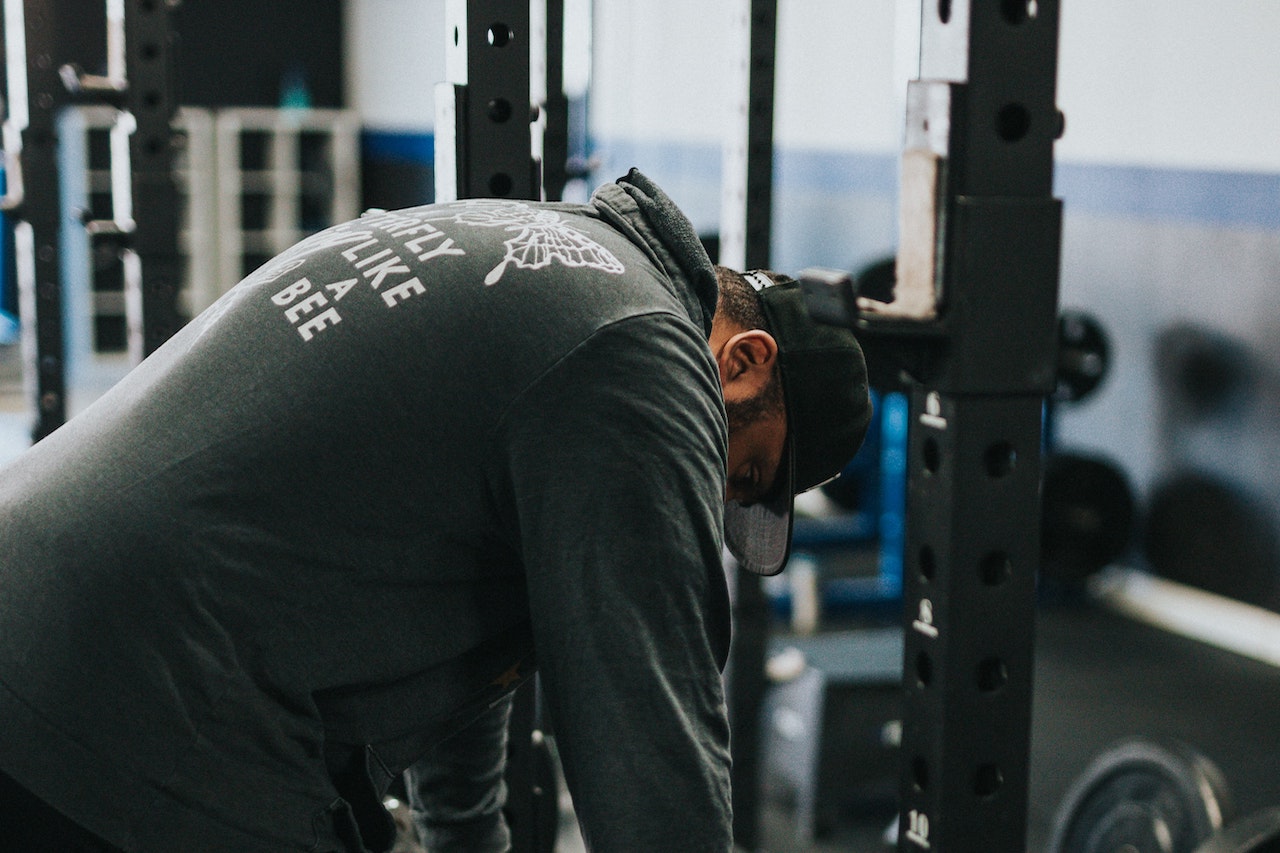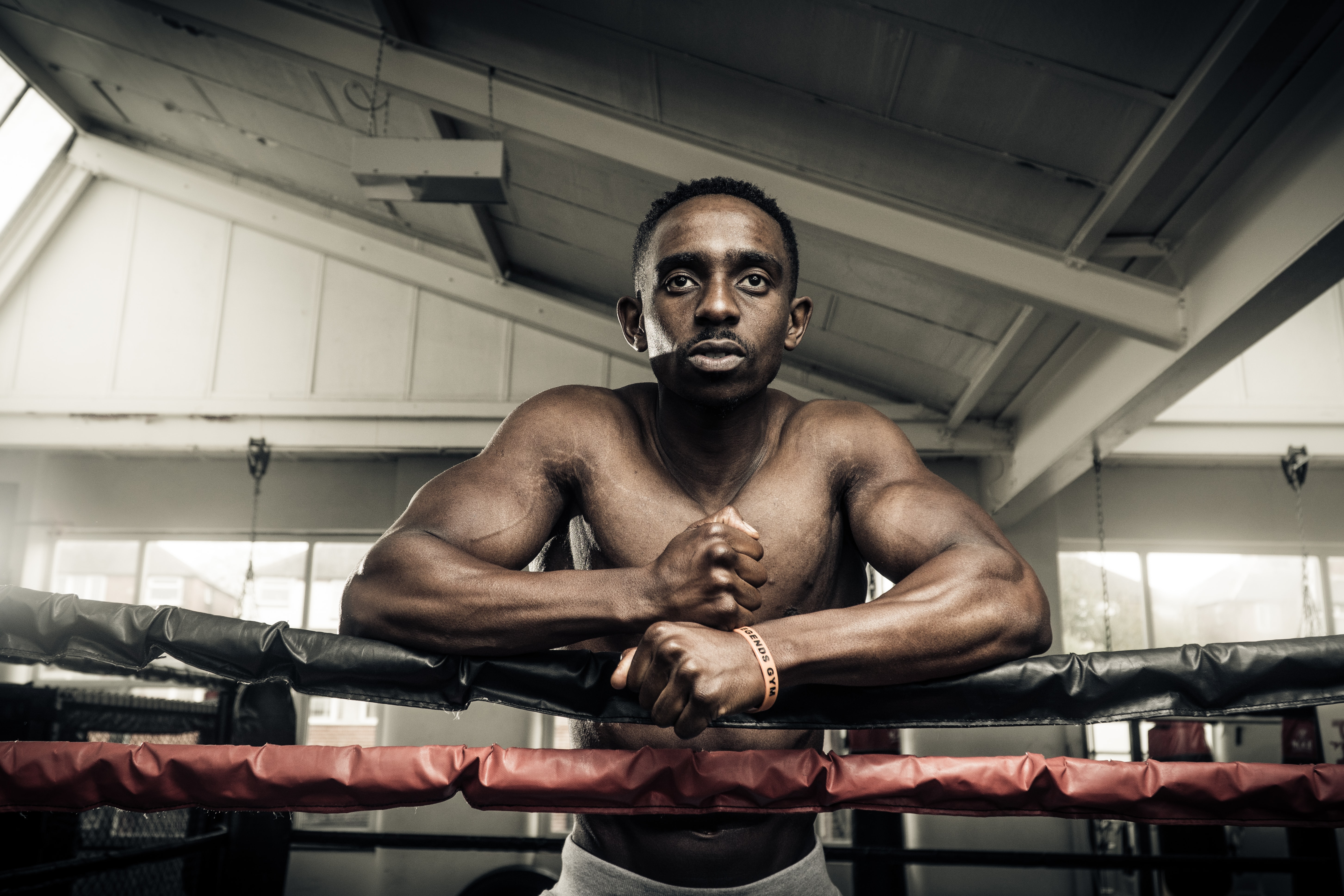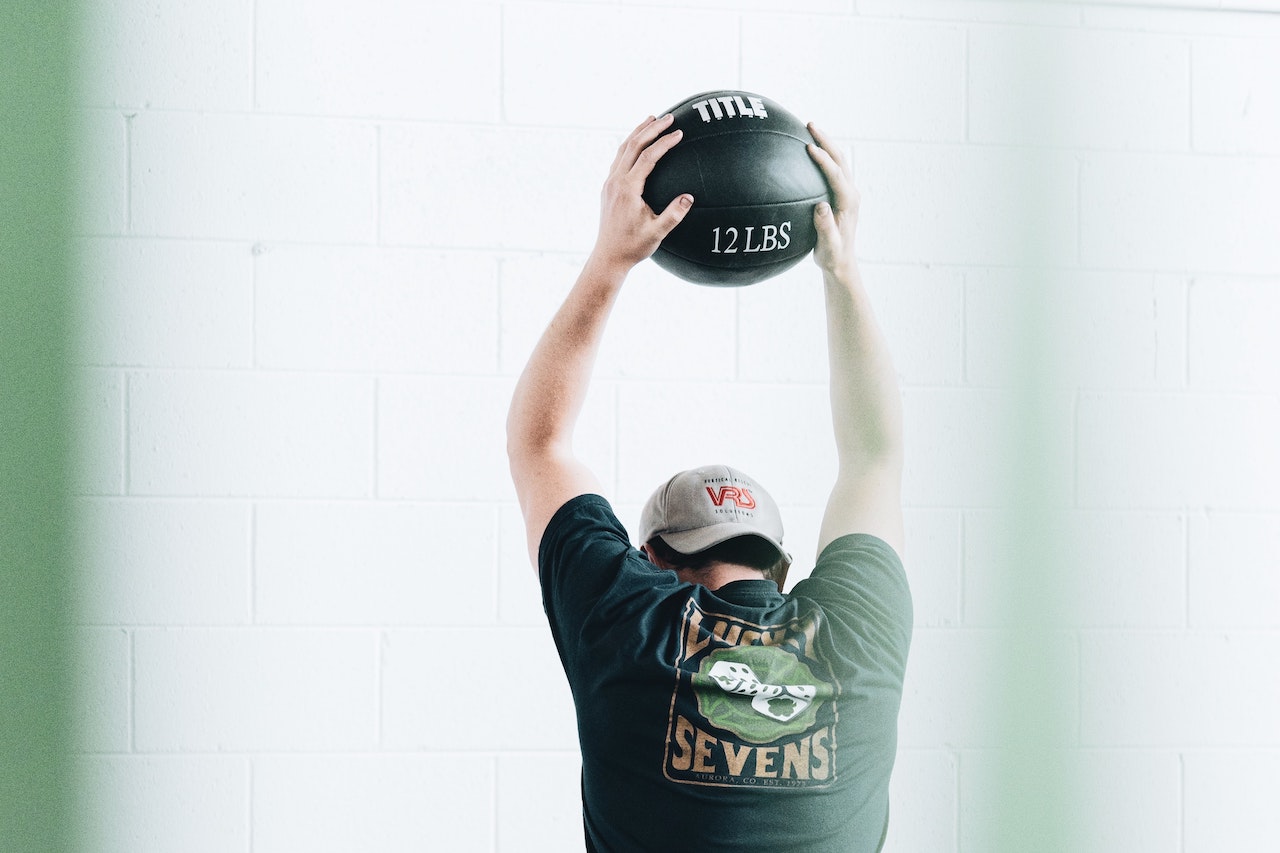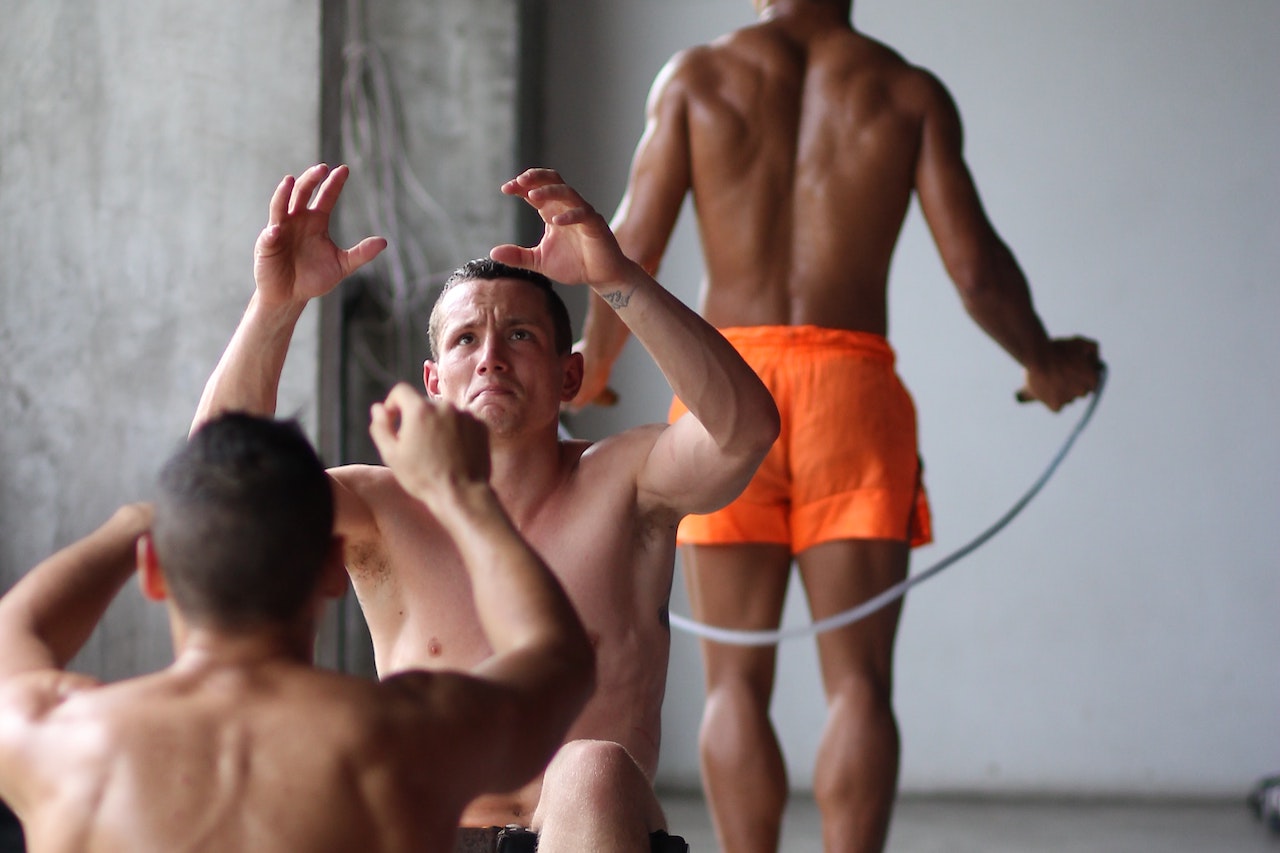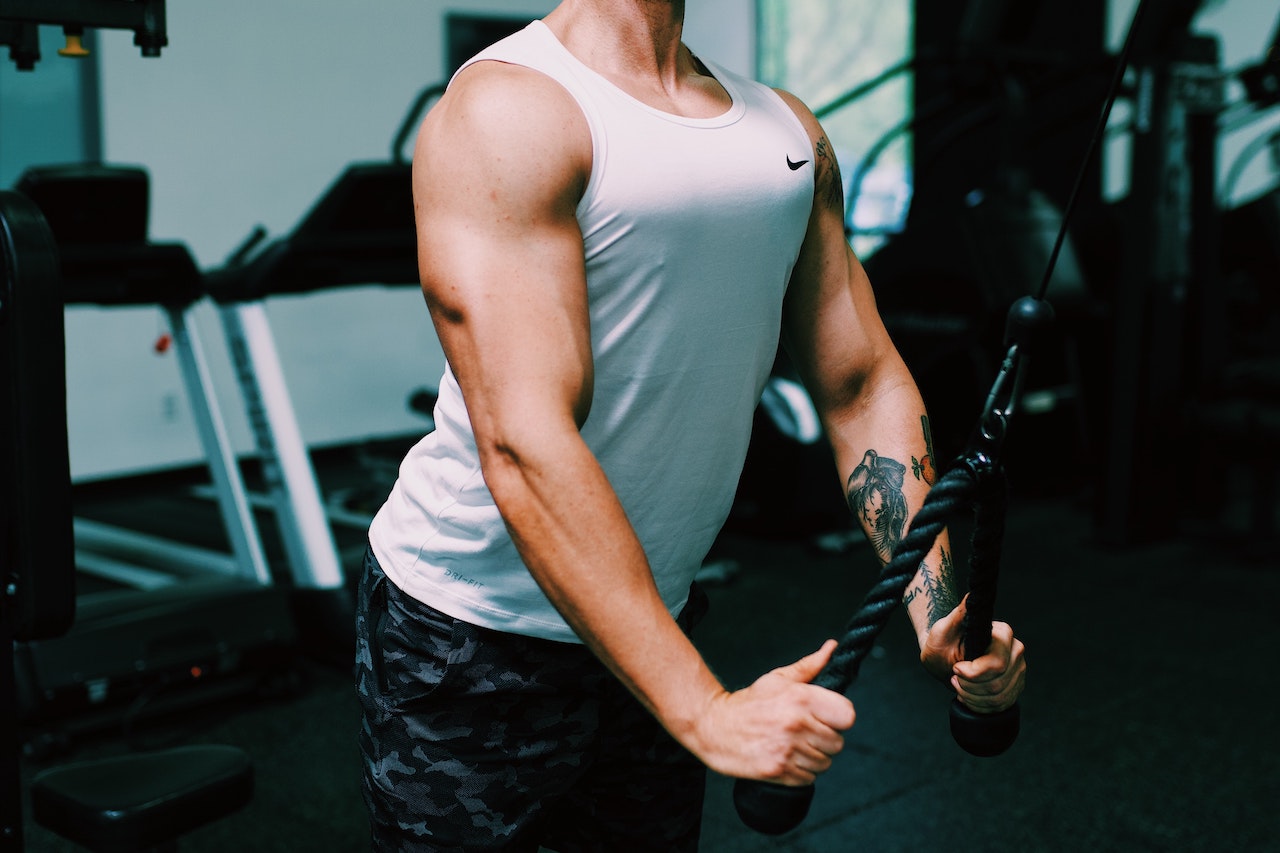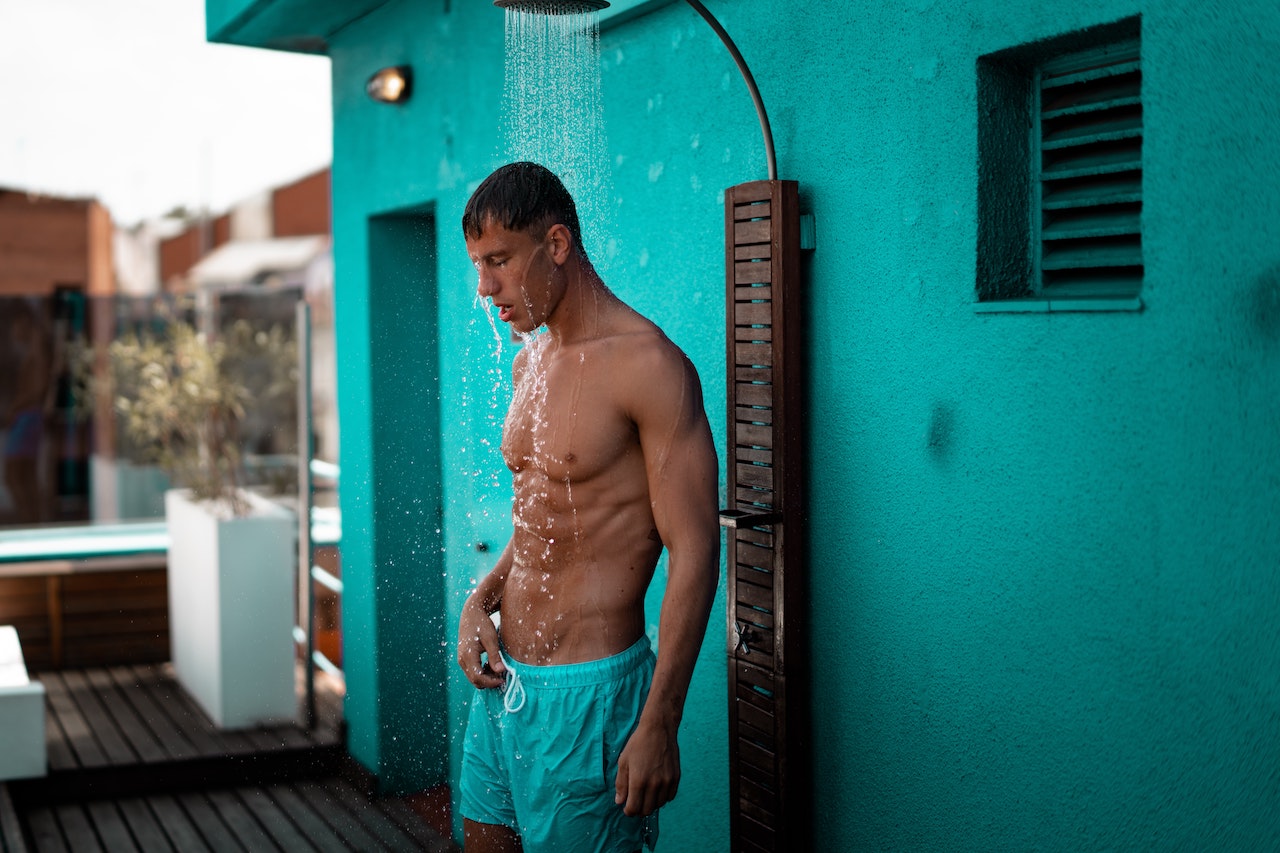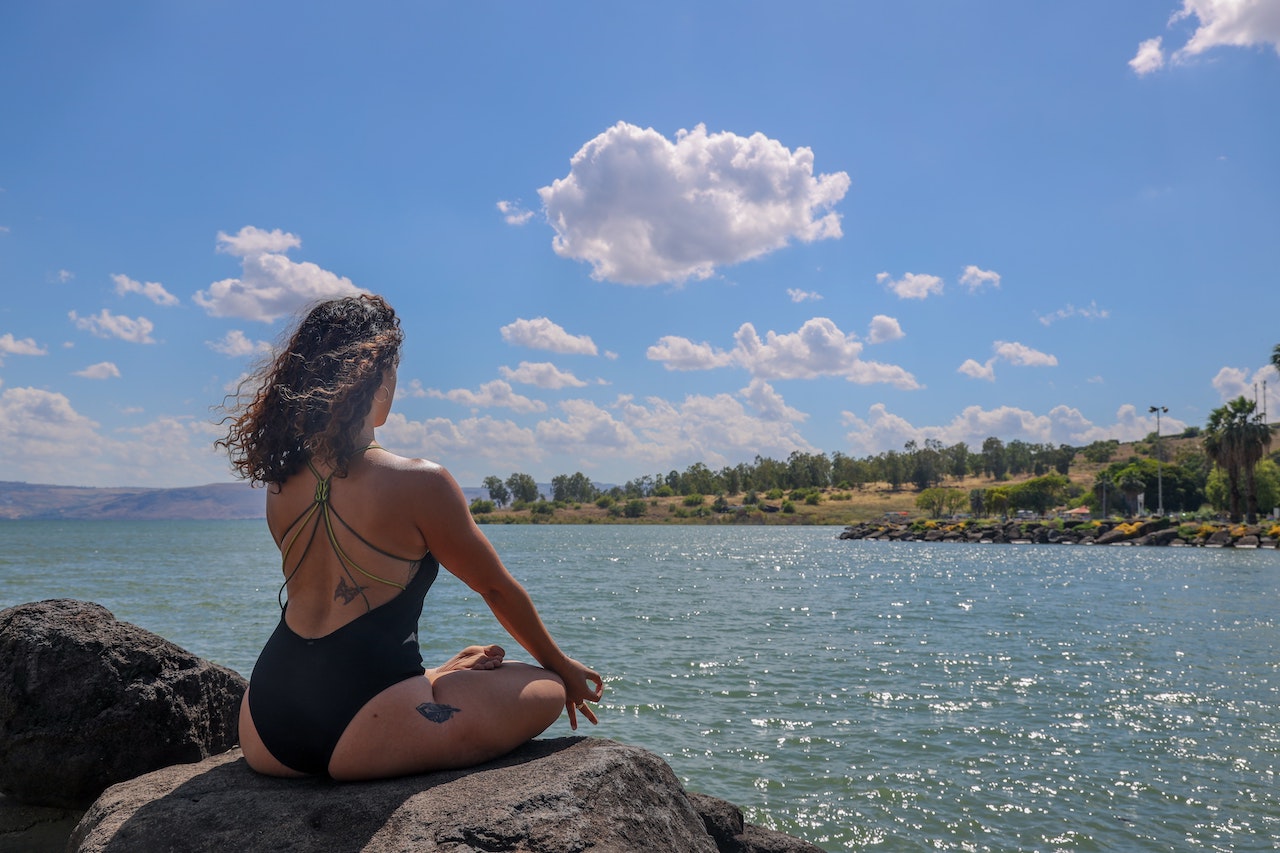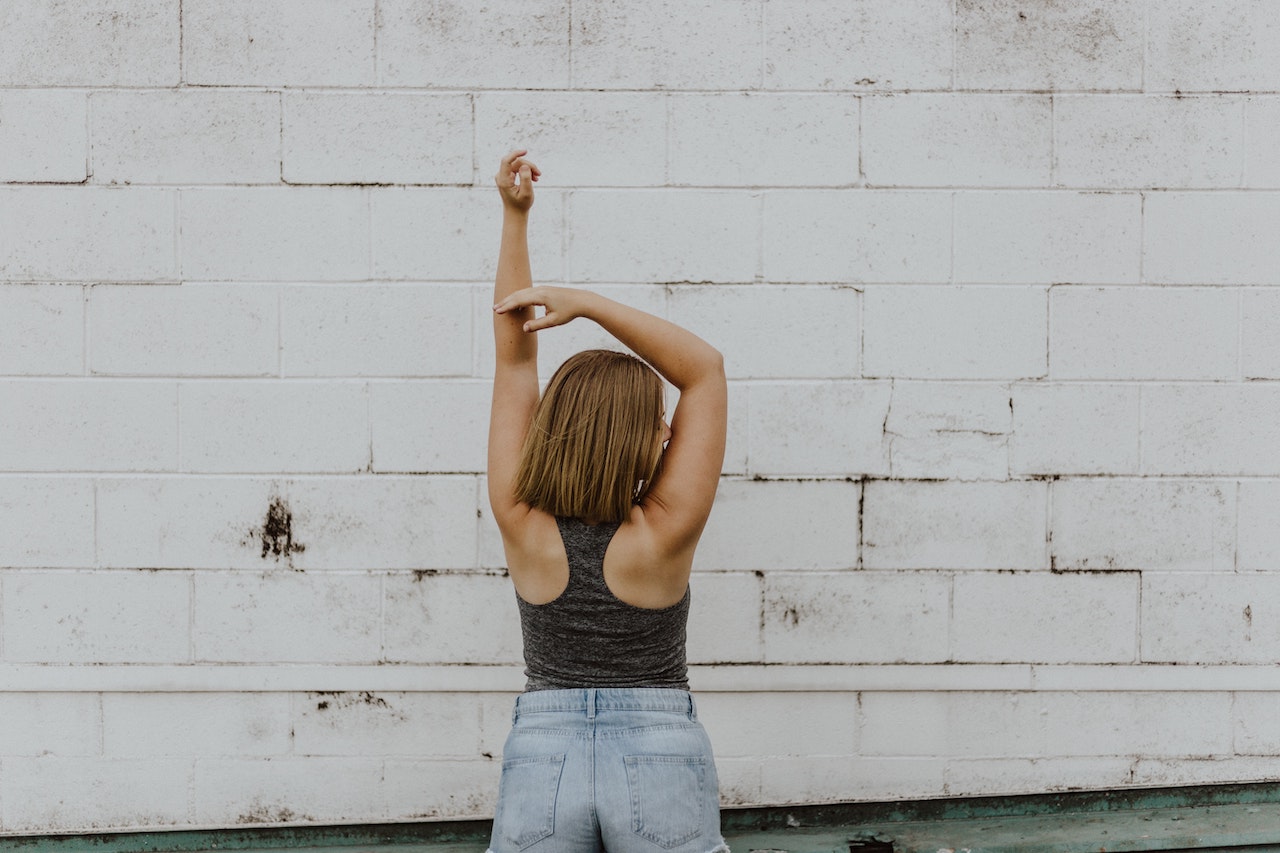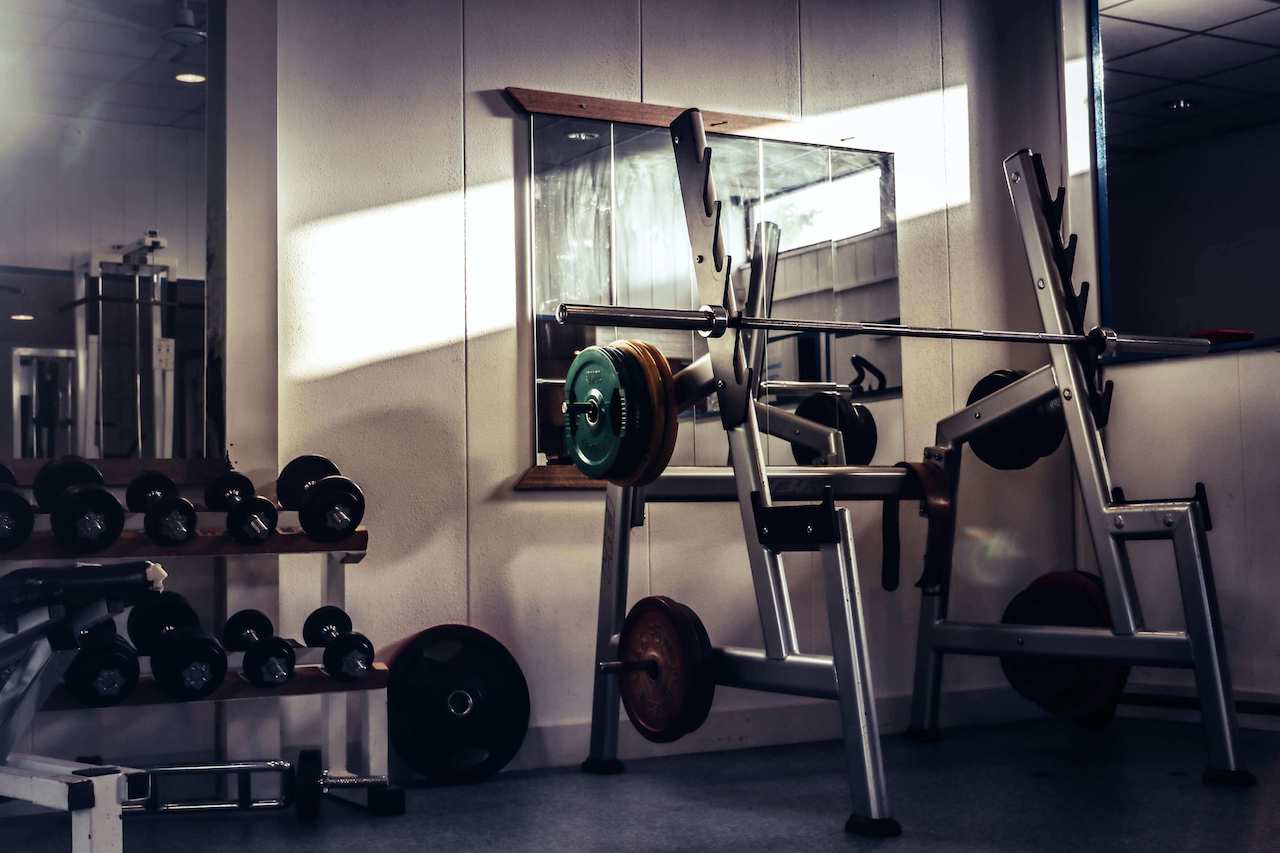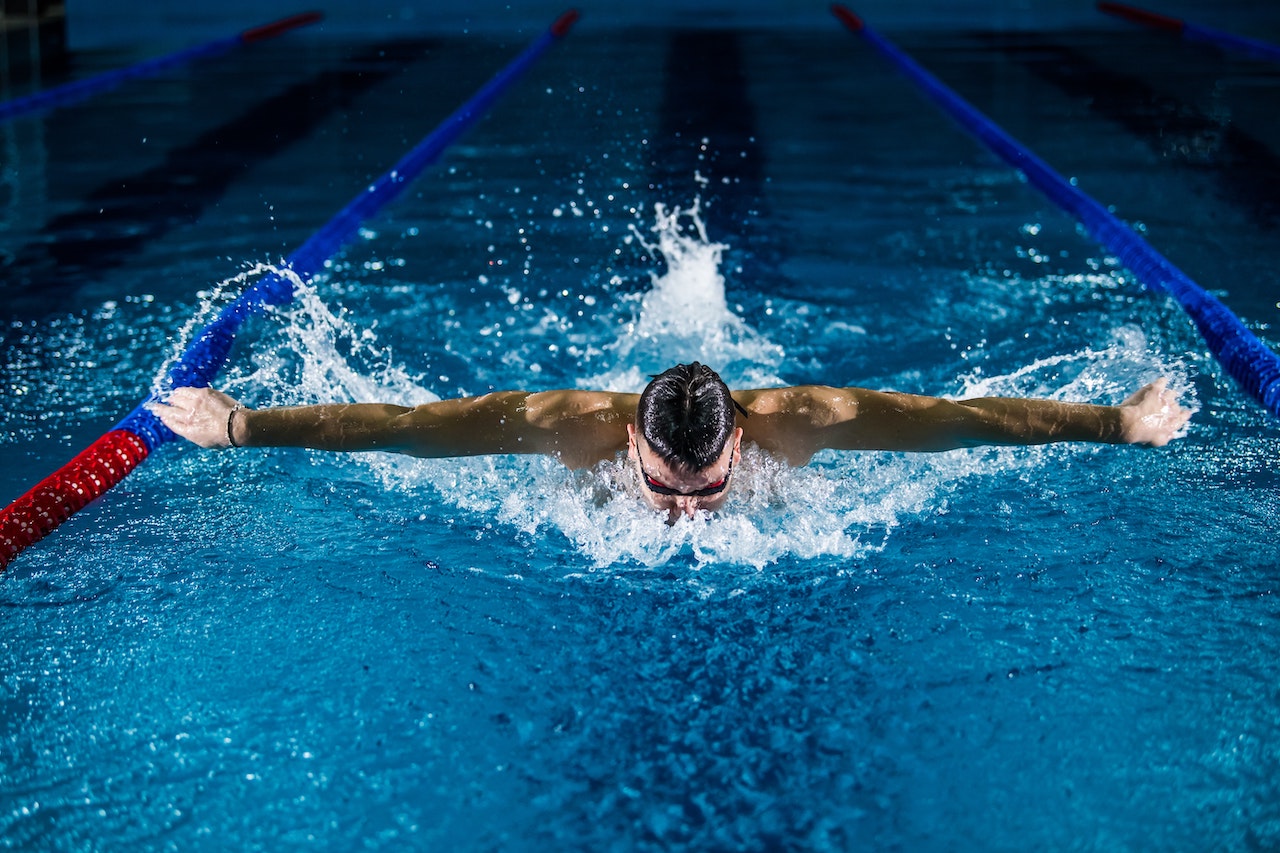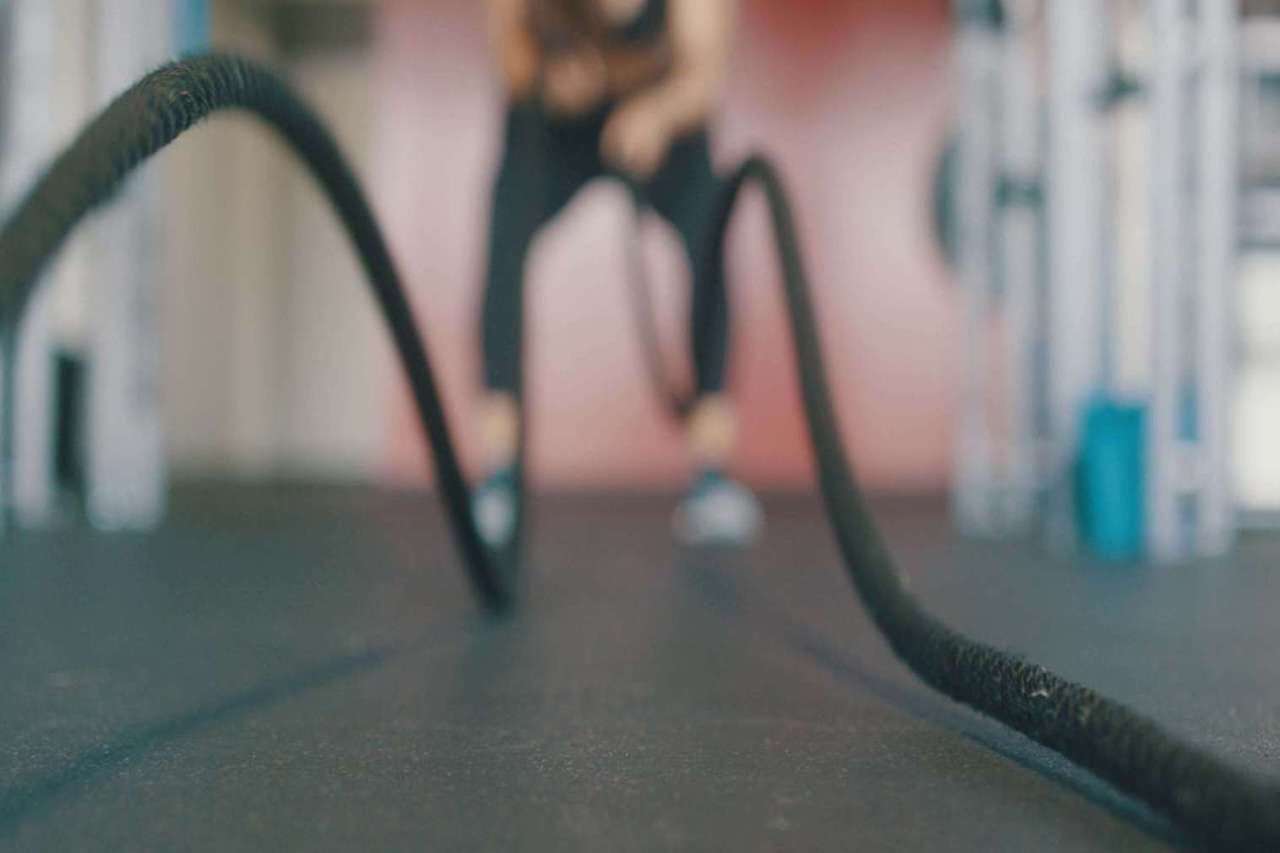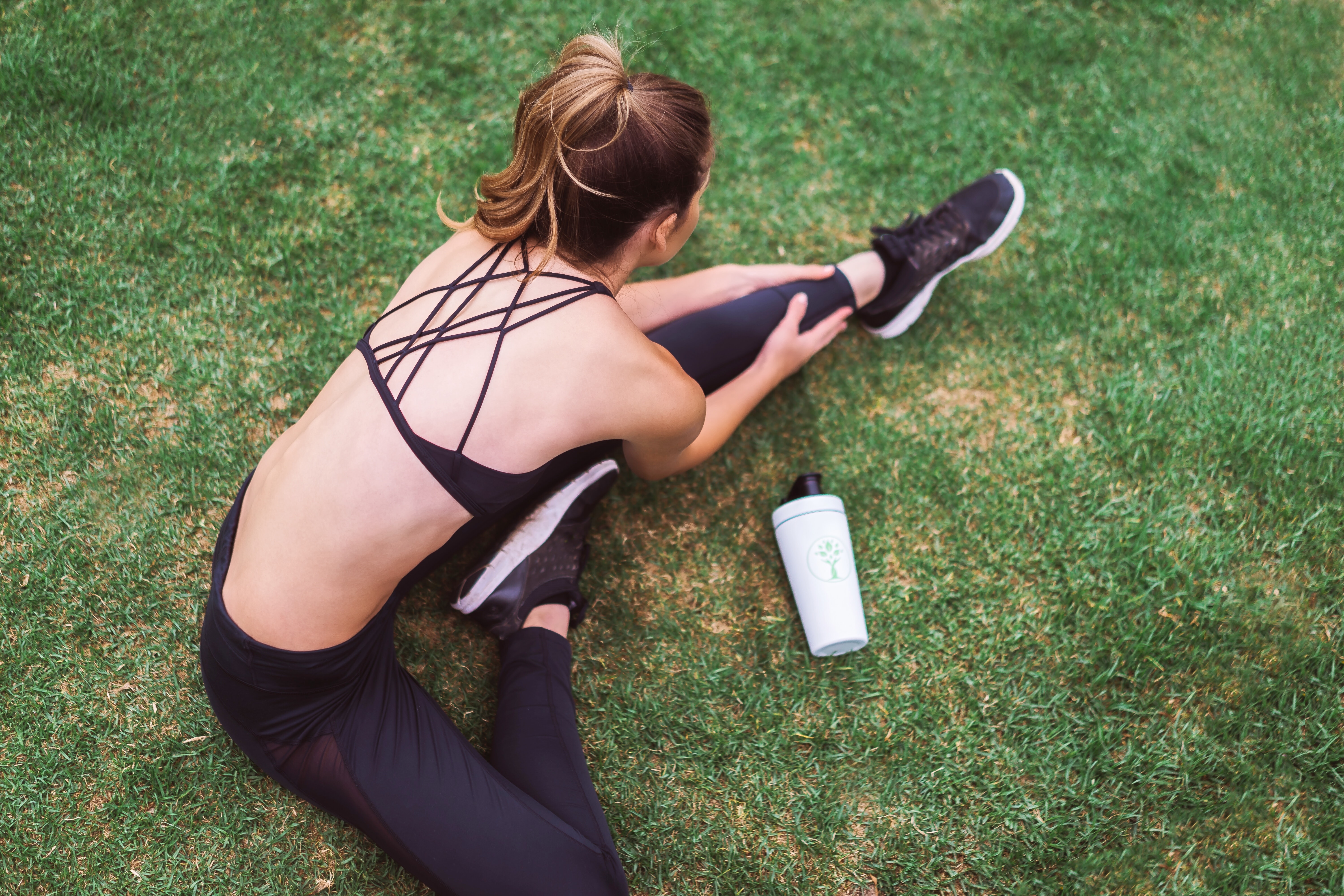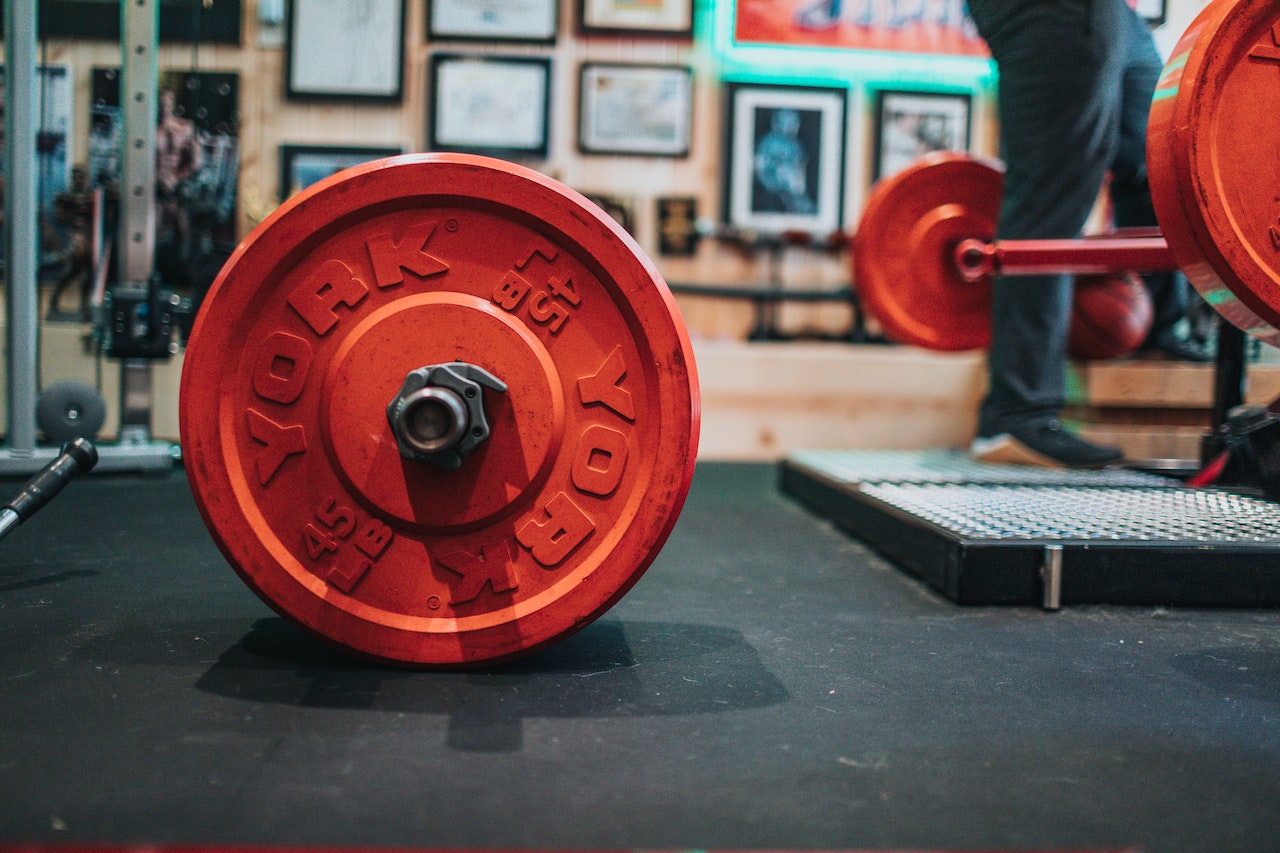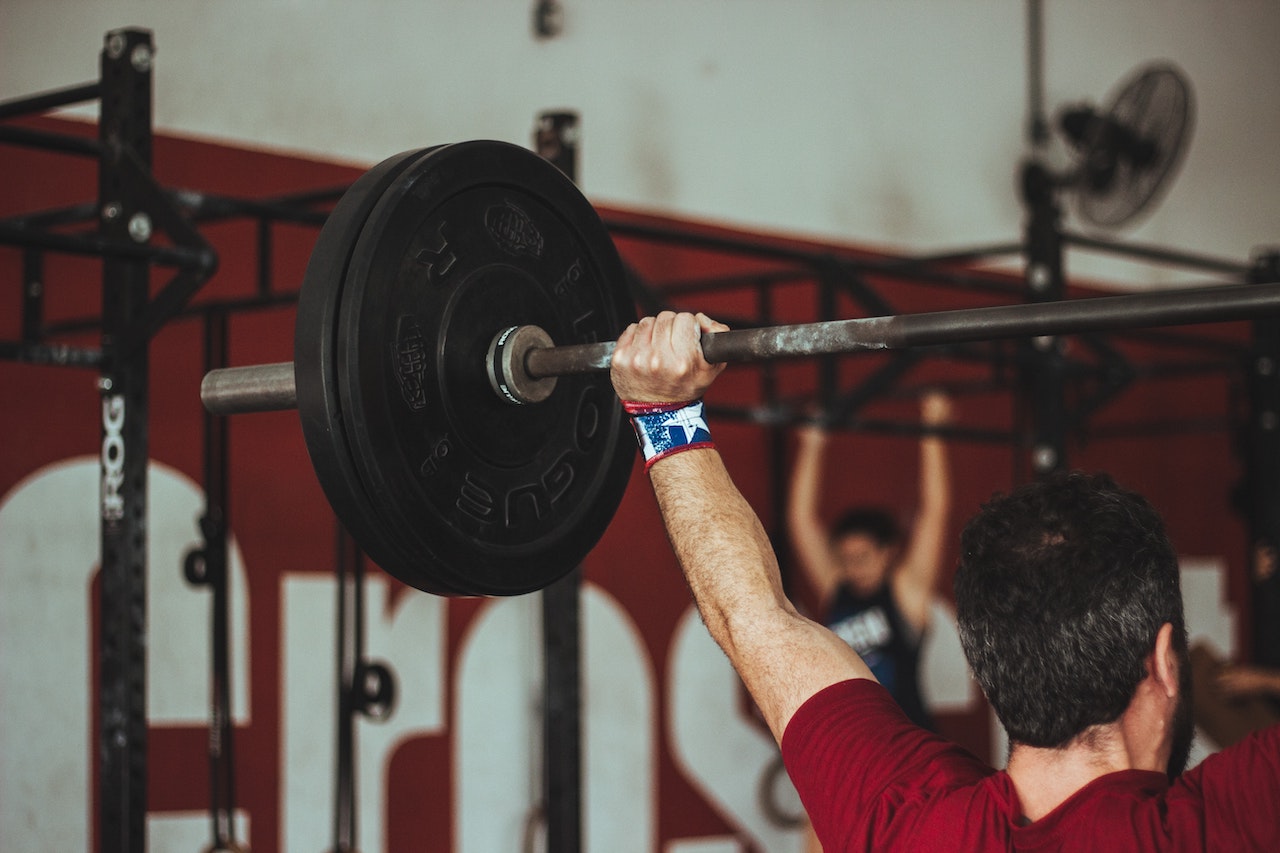We all know that practicing yoga is very beneficial to our body, but at the same time, practicing yoga requires a yoga mat, and now there are many kinds of yoga mats on the market.
Yoga mat is thick good or thin good
Generally for the practitioners who just started to do yoga, you may want to choose a thicker mat, such as 6mm thick, in order to prevent sports injuries. But also can not be afraid of pain choose too thick mat, too thick easily in the practice of loss of balance, the center of gravity is unstable, resulting in broken feet oh. If you have a certain foundation, you can use a yoga mat with a thickness of about 3.5mm-5mm. Ashes level fans and professional yogis generally use 1.5-4mm thickness yoga mats. In terms of personal needs, it also depends on which form of yoga is done. If you are learning yoga based on softness training, most of the time you are sitting on the mat, then a thicker and softer mat will be more comfortable to sit on. However, if the yoga you are learning is power yoga or ashtanga yoga, which is mainly jumping style, the mat should not only be too thick, but the requirement of non-slip should also be higher.
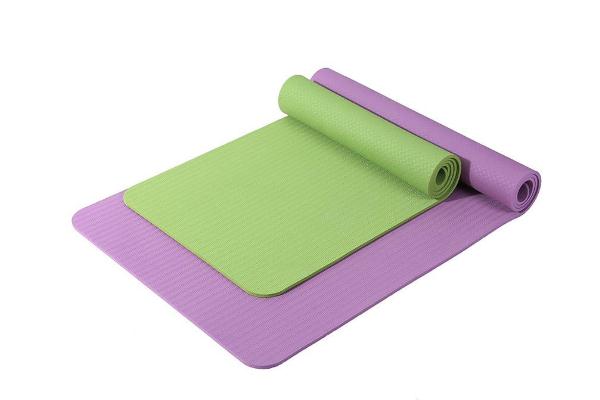
Yoga mat is nbr material good or tpe material good
Tpe is the most high-grade supplies of yoga mat products, does not contain chlorinated substances, does not contain metal elements, anti-static, each mat is about 1200 grams, lighter than the pvc foam mat about 300 grams, more suitable for carrying out. Features: Soft, comfortable, strong grip - placed on any ground is more secure. The advantages of tpe mats, light quality, easy to carry, easy to clean, wet and dry state slip resistance are excellent, and the mat tpe material purity is no smell. Most of the pvc foam mats because of the process and cost reasons or some taste, this is no way to remove. Even if some products do not have the smell, does not mean that its composition changes or some harmful substances do not exist, unless after the export product standards for various tests.
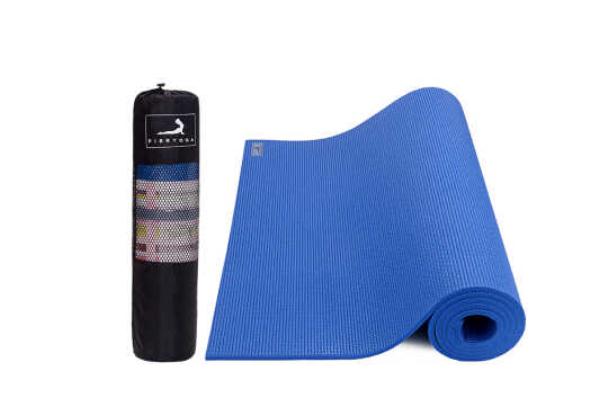
Yoga mat is not the thicker the better
Many people who begin to learn yoga in order to prevent themselves from falling, often have this sentiment: The thicker the yoga mat should be, the better. In fact, this idea is wrong, because the yoga mat in the elasticity is not in the thickness. The role of using a yoga mat is to protect the body from being squeezed when it is in contact with the ground. Therefore, the elasticity is more important, such as tpe yoga mat 3mm than the pvc yoga mat 6mm elasticity is better. And the same material yoga mat, thick mat elasticity will be relatively good. People can find when buying yoga mats, the same material yoga mats because of the thickness of the different prices will also have a big difference. Such as in the case of equal quality, pvc yoga mat 6mm thickness of the mat elasticity than the 5mm. The most suitable yoga thickness for beginners is 6mm, the international standard yoga thickness is 6mm, this thickness is determined after a series of tests before it is accepted around the world. People who are just in touch with yoga, it is best to choose a 6mm yoga mat.

Should you wash your yoga mat?
To be washed. Yoga mats made of pvc will have residue when washed with detergent, and should not be exposed to the sun. After washing the yoga mat, remember not to put it under strong sunlight, which will make the mat crack and fall off the skin. When not in use, it is recommended to roll up and bundle, do not fold the yoga mat. To ensure hygiene, you can wash your yoga mat once every other week. Some women who love cleanliness are used to wash it after each use, but it is not necessary. This is because too much cleaning will wash away the anti-slip pattern on the surface of the mat and eventually make the mat less slip-resistant. Do not use hard brushes to clean your yoga mat, as this will cause the surface film to break down and become hairy.

